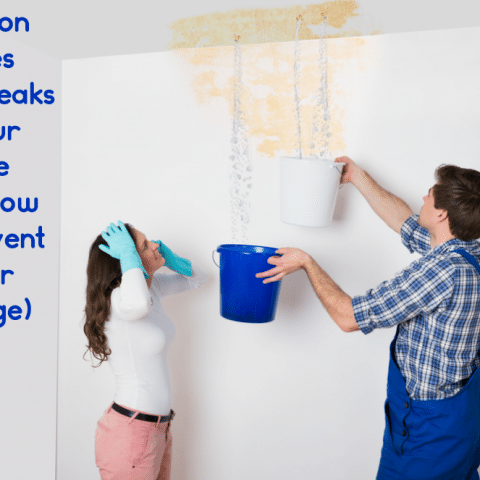What're your concepts on Locating water leaks?

Early detection of dripping water lines can mitigate a prospective calamity. Some small water leakages might not be visible.
1. Take A Look At the Water Meter
Examining it is a surefire way that assists you find leakages. If it relocates, that shows a fast-moving leakage. This suggests you may have a slow leak that could even be underground.
2. Check Water Consumption
Evaluate your water expenses as well as track your water usage. As the one paying it, you must see if there are any kind of disparities. If you spot sudden changes, despite your consumption coinciding, it means that you have leaks in your plumbing system. Bear in mind, your water costs need to drop under the very same variety each month. An abrupt spike in your expense suggests a fast-moving leak.
A stable increase every month, also with the exact same practices, shows you have a slow-moving leakage that's likewise slowly escalating. Call a plumber to extensively examine your property, specifically if you really feel a warm location on your flooring with piping below.
3. Do a Food Coloring Test
When it comes to water usage, 30% comes from commodes. If the shade somehow infiltrates your dish during that time without flushing, there's a leakage between the storage tank and dish.
4. Asses Exterior Lines
Do not forget to examine your outdoor water lines also. Test faucets by connecting a garden pipe. Should water leak out of the connection, you have a loose rubber gasket. Change this as well as make certain all connections are limited. If you've obtained a sprinkler system, it will certainly help get it skillfully took a look at and preserved annually. One small leakage can squander lots of water and surge your water costs.
5. Evaluate and Examine the Scenario
Homeowners ought to make it a routine to examine under the sink counters and also also inside cabinets for any bad odor or mold development. These 2 red flags show a leakage so prompt attention is needed. Doing routine evaluations, also bi-annually, can conserve you from a significant issue.
Examine for discolorations and also damaging as the majority of devices and pipelines have a life expectations. If you think leaking water lines in your plumbing system, don't wait for it to escalate.
Early discovery of leaking water lines can alleviate a prospective disaster. Some tiny water leakages might not be visible. Examining it is a proven method that helps you uncover leakages. One tiny leakage can lose lots of water and increase your water bill.
If you think dripping water lines in your plumbing system, don't wait for it to intensify.
How to Know If Your Home Has a Hidden Leak
Water Meter Reveals Inexplicable Water Usage
If you’d like to test whether or not there’s a leak somewhere in your home, you can do this using your water meter. Here is how to conduct the test:
Don’t use any water in your home for at least 30 minutes; this also means not turning on faucets or water-using appliances.
Go outside, and check your water meter for activity.
If your water meter shows that there was activity, even though no one was using any water, this proves that there is a leak in your home.Visible Mold or Mildew Growth
Leaks behind walls create moist, dark environments that allow mold and mildew to grow and thrive. Eventually, you might see mold growth forming on the wall closest to a hidden leak.
If mold is growing in an area that receives a high amount of moisture, such as a bathroom, it may simply be an indication that better ventilation is needed. However, if you see mold growth on a wall or the ceiling in an area where you would not expect, you probably have a hidden leak.
Musty, Mildew Odor
Sometimes you might not be able to see the mold or mildew that is growing as a result of a leak. However, the smell can give the problem away just as easily. If you catch a whiff of something musty, there’s a good chance that old water is collecting somewhere in your home that you can’t see.
Stained/Warped Walls, Ceilings, or Floors
When your home soaks up water, a variety of red flags can become visible, including ceiling stains, bubbling drywall, warped walls, and sagging floors. While these issues can be caused by excess humidity, they can also be signs that a pipe or plumbing connection has started leaking behind your walls.
Inexplicably High Water Bill
After a while, you get a general sense for what your water bill should be. If you own a pool or sprinkler system, your bill will tend to be higher during summer. However, if you receive a water bill that seems especially high, and you can’t figure out what caused it, then you may have a hidden leak somewhere that’s increasing your bill.
https://www.plumbingjoint.com/blog/2019/july/how-to-know-if-your-home-has-a-hidden-leak/

I discovered that content on Locating water leaks while scouting around the search engines. Be sure to take the time to promote this entry if you appreciated it. I take joy in reading our article about Top leak detection hacks.